In retail, we’ve always tried to predict what’s coming next—what customers will want, where demand will shift, how operations should flex. But now, with AI advancing rapidly, a new question emerges: can AI actually help us predict the future—and should it? In this episode, we explore how and where AI can support forecasting and foresight, and where its limits lie. From short-term stock planning to long-term strategic bets, we’ll unpack the tension between the need for control and the reality of uncertainty – and why successful transformation requires blending of artificial intelligence with human judgment and instinct.
- Why retailers need to predict the future over short, mid, and long-term time horizons.
- How AI can enhance decision-making and the limitations to watch out for.
- Where AI fits best in forecasting the future, and why human skills are still vital
Episode summary
Retail has always been a forward-looking industry, built on anticipating what customers will want, how much customers will buy, where demand will shift, how to manage workforces, and where to invest resources. In this episode, we begin by exploring why retailers seek foresight across different time horizons, from the short term, such as sales forecasting and stock planning, to the mid-term, with financial and category planning, and through to the long term, where strategic direction is established. We also unpack the tension between the desire for control and the reality of uncertainty – how leaders crave precision in planning but must operate in an unpredictable environment.
We then examine why AI might offer an advantage over traditional forecasting approaches. Beyond speed and processing power, AI can draw connections between data sources that have historically been siloed, uncovering patterns that human teams might miss. Crucially, AI enables a shift from deterministic thinking—assuming a fixed outcome will occur—to probability-based thinking, where multiple possible scenarios of the future are considered along with their likelihood. This opens the door to better scenario planning and more resilient decision-making.
However, AI’s limitations are just as important to consider. Because it is trained on historical data, AI can struggle to anticipate entirely novel events. It also lacks the ability to contextualise political, emotional, or ethical factors, and can sometimes deliver a false sense of confidence in its predictions. While AI can identify patterns, it cannot dream or predict unpredictable or unlikely events. Strategic vision, creativity, and innovation remain firmly human capabilities. We also explore a thought-provoking concern: if all retailers use the same AI tools and logic, will we see a gradual slide into generic strategies and diminished differentiation across the industry?
Finally, we examine the most promising opportunities for applying AI to forecasting, foresight, and predictions. From short-term use cases, such as sales and stock planning and workforce scheduling, to mid-term decisions like promotions or supply chain planning, and to long-term market trend detection, AI can be a powerful ally when used in the right context. However, the ultimate goal is not perfect accuracy in finding a single correct answer – it’s about adaptability and readiness to flex across a range of potential futures. By blending AI’s analytical strengths with human imagination and adaptability, retailers can create operating models that are better equipped to handle whatever the future holds.
Discuss the future of AI, and how it’s predicting the future.
Continue the conversation and reach out to Oliver Banks on LinkedIn, or send an email to oliver.banks@obandco.uk.
Additional episodes to listen to next
Variability is a key topic that was explored in episode 330: Overcoming Uncontrollable Variation. Data is increasingly vital in retail, but simply looking at averages or basic numbers obscures the detail and intricacy that exists. In the same way that one version of the future is too narrow minded, just looking at one number for a KPI is equally narrow minded. But how do you manage this noise when it can’t be controlled? Listen next and find out.
When it comes to predicting the future, there are broadly two angles – what do we need to do right now, and what do we need to change. In episode 250: Becoming Fit For The Future, we’re exploring the latter and how you can become more adaptable over time.
And finally, it’s no surprise that AI is rapidly evolving. Listen to episode 328: The Rapid AI Revolution In Retail where Oliver talks with ChatGPT to explore how it’s transforming retail right now.

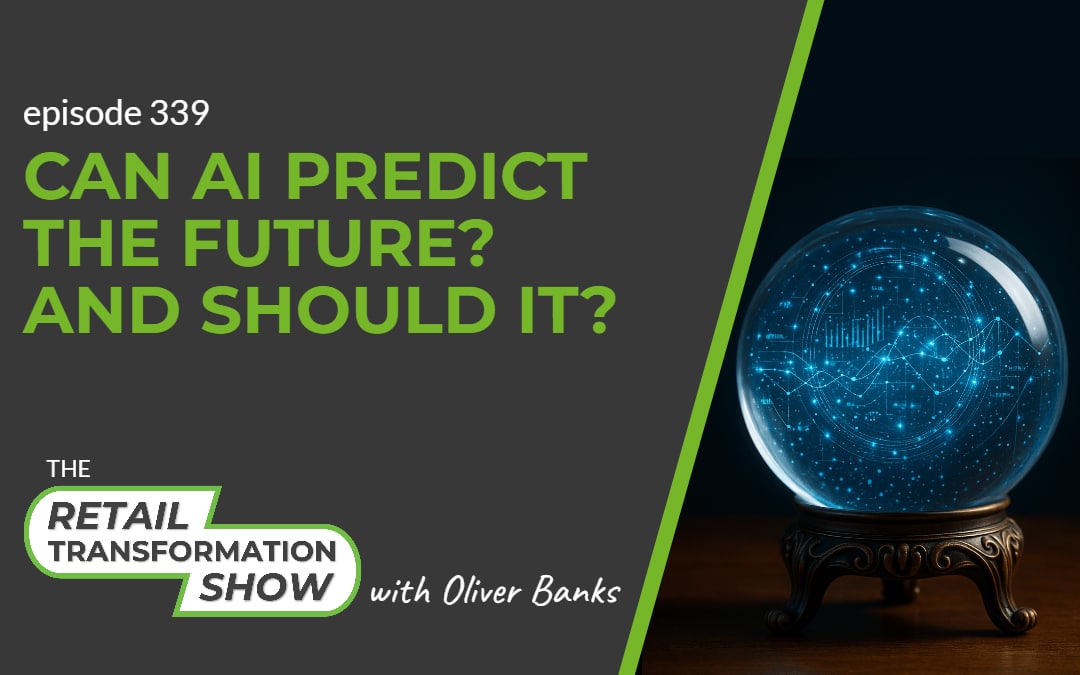

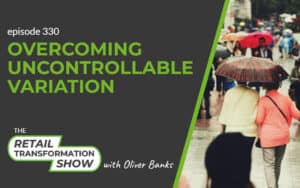


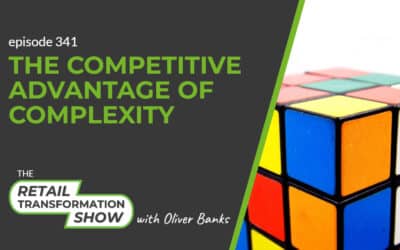
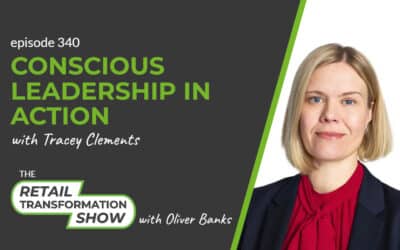
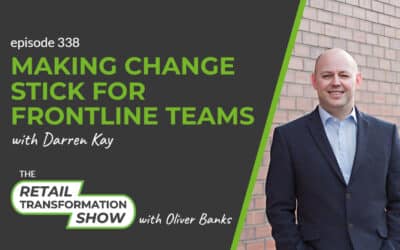
![337: [Show Update] Pressing Pause to Refocus](https://obandco.uk/wp-content/uploads/2025/07/337-Show-Update-Pressing-Pause-to-Refocus-1080x675px-400x250.jpeg)
